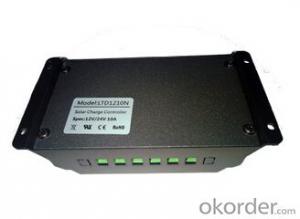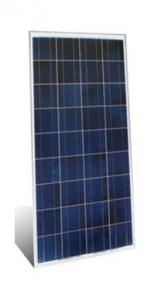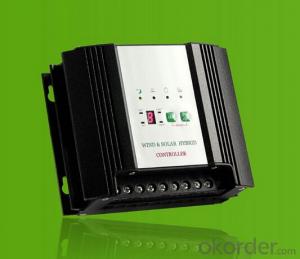BYGD Solar Charger Controllerfor Street light system Model SC1024S
- Loading Port:
- Shanghai
- Payment Terms:
- TT OR LC
- Min Order Qty:
- 10 unit
- Supply Capability:
- 50 unit/month
OKorder Service Pledge
OKorder Financial Service
You Might Also Like
1. Structure of BYGD Solar Charger Controller for Street light system Model SC1024S
This Solar Charger Controller is designed for street light system, which is updated with new technology to realize intelligentialization of control mode, and prolong service lifetime of all the components by improving the efficiency of operation. This Model is prior to the old generation in the aspects as follows: 12V/24V automatical adaption, control and set button changed into tact key, larger contact terminal can offer wire of 6 m2.
2. Main Features of BYGD Solar Charger Controllerfor Street light system Model SC1024S
◆ double LED digital display, clear for observation
◆ recharging mode by three phases
◆ PWM pulse modulated recharging technology
◆set light-dependent control and 1-13hous time control
◆short circuit protection, overvoltage protection, overcurrent protection and lighting protection
◆standy current no more than 5mA
3. BYGD Solar Charger Controllerfor Street light system Model SC1024S Images
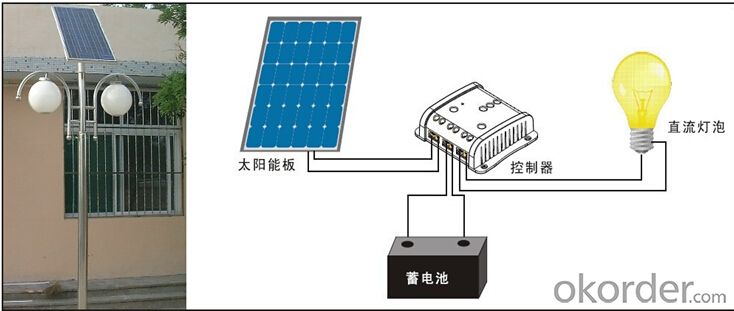
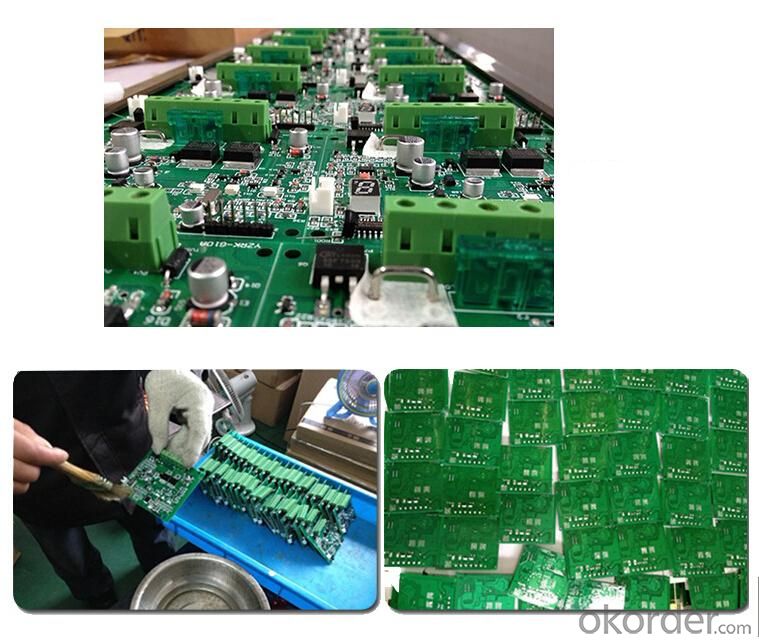
4.BYGD Solar Charger Controllerfor Street light system Model SC1024S Specification
External Size:133mm×70mm
Mounting hole Size:126mm×50mm
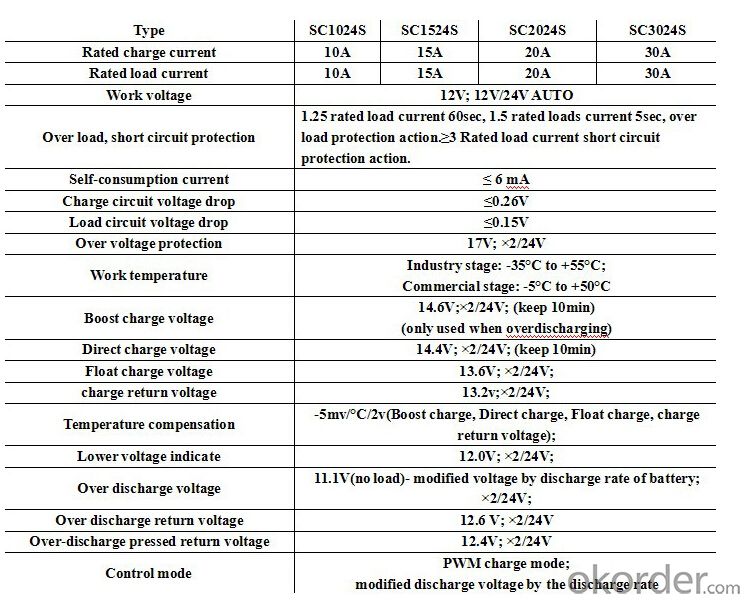
5. FAQ
(1) Why use PWM charge mode?
Our solar charger controller uses PWM in the main circuit for charge in order to reduce the voltage loss of the loop, which can improve the charging efficiency by 3-6% compared to the ones not useing PWM.
(2) What is the advantage of double digital display?
Double digital display make the code more clear and reasonable to show the correct mode so as to avoid misunderstanding.
(3)Is this new model more expensive that the old one?
Surely yes, because new model has the terminal bigger than that of the old model, which costs a few times more, the price of the product will be increased accrodingly.
- Q:Can a solar controller be used with a solar microinverter system?
- Yes, a solar controller can be used with a solar microinverter system. The solar controller helps regulate and manage the flow of energy from the solar panels into the microinverters, ensuring optimal performance and efficiency of the system.
- Q:Can a solar controller be used with a solar-powered off-grid cabin?
- Yes, a solar controller can be used with a solar-powered off-grid cabin. In fact, it is highly recommended to use a solar controller in such setups as it helps regulate the charging of batteries and prevents overcharging, maximizing the efficiency and lifespan of the solar system.
- Q:Can a solar controller be used with a solar-powered fish farm?
- Yes, a solar controller can be used with a solar-powered fish farm. A solar controller regulates the charging and discharging of batteries in a solar power system, ensuring optimal performance and protection. In a solar-powered fish farm, the solar controller can be used to manage the solar panels' energy output, ensuring a constant and efficient power supply to the farm's infrastructure, such as pumps, aerators, and monitoring systems.
- Q:How do you protect a solar controller from extreme weather conditions?
- One way to protect a solar controller from extreme weather conditions is to choose a controller that is designed to be weather-resistant. These controllers are typically sealed and come with a protective casing to shield them from rain, dust, and other environmental elements. Additionally, installing the solar controller in a sheltered location, such as under an overhang or inside a weatherproof enclosure, can provide further protection. Regular maintenance and inspections are also important to ensure that the controller remains in good working condition and any potential issues can be addressed promptly.
- Q:How do I upgrade or expand a solar controller system?
- To upgrade or expand a solar controller system, you can follow these steps: 1. Determine the capacity and capabilities of your existing solar controller system. 2. Assess your energy needs and goals for the upgrade or expansion. 3. Research and select compatible solar controllers that meet your requirements. 4. Ensure compatibility with your existing solar panels, batteries, and other components. 5. Plan the installation process, considering wiring, mounting, and any necessary modifications. 6. Disconnect and safely remove any existing components that need to be replaced or expanded. 7. Install the new solar controller and connect it to your existing system following manufacturer instructions. 8. Test the new components and ensure they are functioning properly. 9. Monitor the performance of the upgraded or expanded system and make any necessary adjustments. 10. Consider consulting with a professional or hiring an experienced installer if you are unsure or need assistance.
- Q:Can a solar controller handle high temperatures?
- Yes, a solar controller is designed to handle high temperatures. It is typically built with heat-resistant materials and has built-in mechanisms to dissipate heat effectively, ensuring its proper functioning even in hot weather conditions.
- Q:Can a solar controller be used with solar-powered satellites?
- Yes, a solar controller can be used with solar-powered satellites. A solar controller, also known as a charge controller or solar regulator, is an essential component in solar power systems. Its main function is to regulate the voltage and current from the solar panels to the batteries, ensuring efficient charging and preventing overcharging or damage to the batteries. In the case of solar-powered satellites, the solar controller plays a crucial role in managing the power generated by the satellite's solar panels. These panels capture sunlight and convert it into electrical energy, which is then used to power the satellite's various systems and instruments, as well as charge the onboard batteries for use during periods of low solar exposure. The solar controller's primary task is to optimize the charging process by maintaining the solar panels' output voltage at the ideal level for maximum power transfer to the batteries. It also safeguards the batteries by preventing overcharging, which can lead to reduced battery lifespan or even failure. Additionally, a solar controller for a satellite may have certain specialized features depending on the mission requirements. For example, it may need to handle high voltage or current levels, have advanced monitoring and control capabilities, or be designed for operation in space's harsh environmental conditions, such as extreme temperatures and radiation. In summary, a solar controller is indeed compatible with solar-powered satellites and is essential for efficient power management and battery charging in such systems.
- Q:Can a solar controller be used in a solar-powered research station in Antarctica?
- Yes, a solar controller can be used in a solar-powered research station in Antarctica. A solar controller regulates and optimizes the charging and discharging of batteries in a solar power system, ensuring efficient energy management. Given the abundant sunlight available in Antarctica during summer months, installing a solar controller would be crucial in maximizing the utilization of solar power and maintaining a stable energy supply for the research station.
- Q:What is the output voltage range of a solar controller?
- The output voltage range of a solar controller typically varies between 12 and 48 volts, depending on the specific model and application.
- Q:Can a solar controller be used with a solar-powered outdoor entertainment system?
- Yes, a solar controller can be used with a solar-powered outdoor entertainment system. A solar controller helps regulate the charging and discharging of the batteries connected to the solar panels, ensuring efficient and optimal power management. This is essential for maintaining a stable power supply to the outdoor entertainment system, allowing it to operate effectively even in varying sunlight conditions.
1. Manufacturer Overview |
|
|---|---|
| Location | |
| Year Established | |
| Annual Output Value | |
| Main Markets | |
| Company Certifications | |
2. Manufacturer Certificates |
|
|---|---|
| a) Certification Name | |
| Range | |
| Reference | |
| Validity Period | |
3. Manufacturer Capability |
|
|---|---|
| a)Trade Capacity | |
| Nearest Port | |
| Export Percentage | |
| No.of Employees in Trade Department | |
| Language Spoken: | |
| b)Factory Information | |
| Factory Size: | |
| No. of Production Lines | |
| Contract Manufacturing | |
| Product Price Range | |
Send your message to us
BYGD Solar Charger Controllerfor Street light system Model SC1024S
- Loading Port:
- Shanghai
- Payment Terms:
- TT OR LC
- Min Order Qty:
- 10 unit
- Supply Capability:
- 50 unit/month
OKorder Service Pledge
OKorder Financial Service
Similar products
New products
Hot products
Hot Searches
Related keywords

